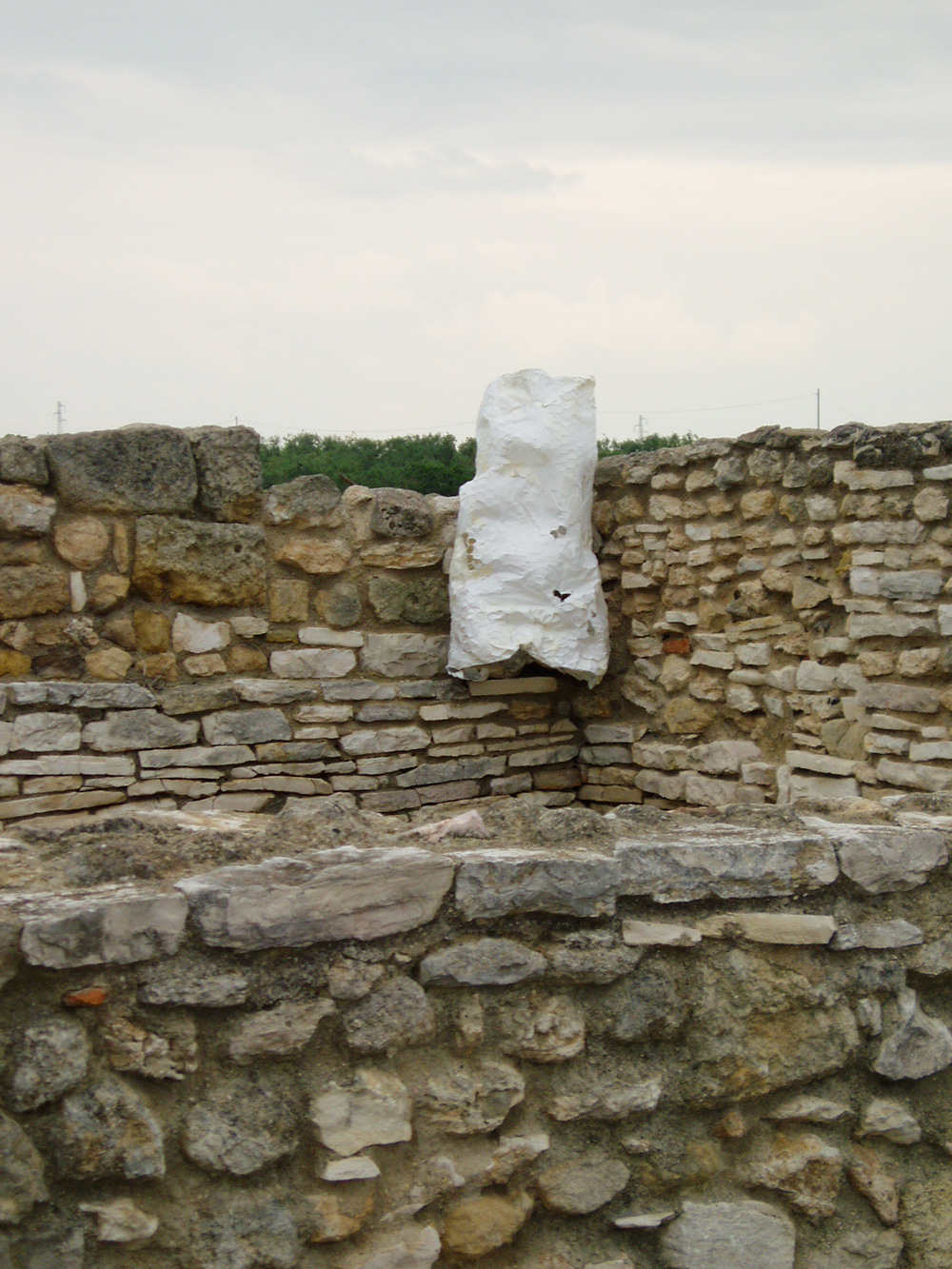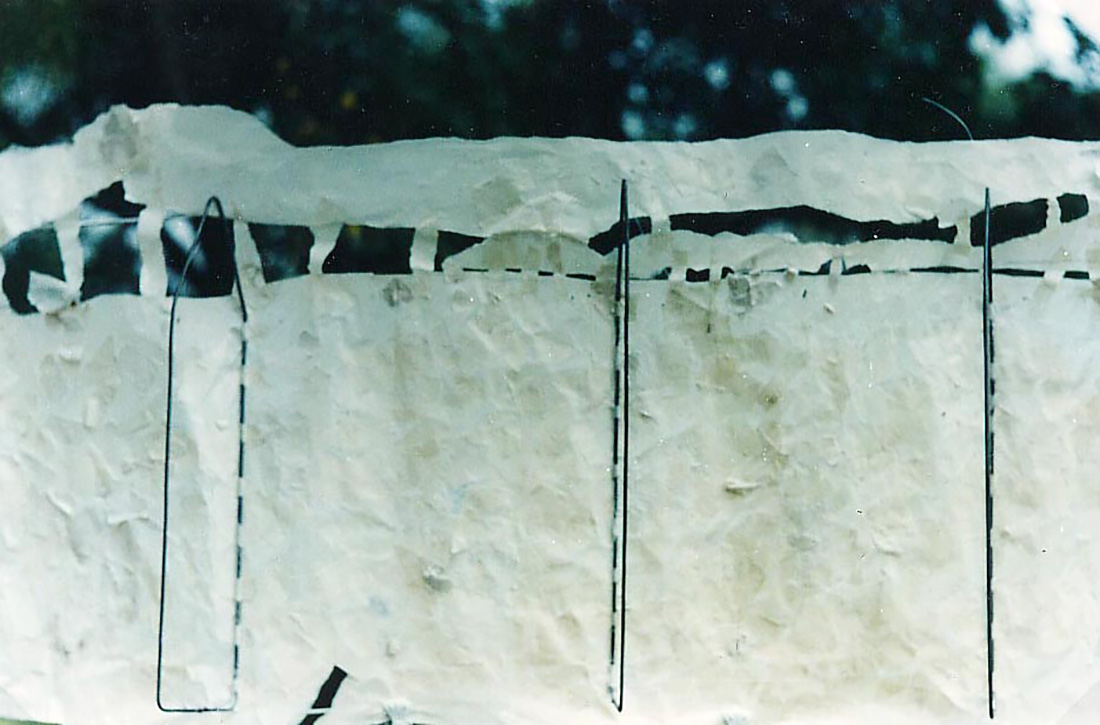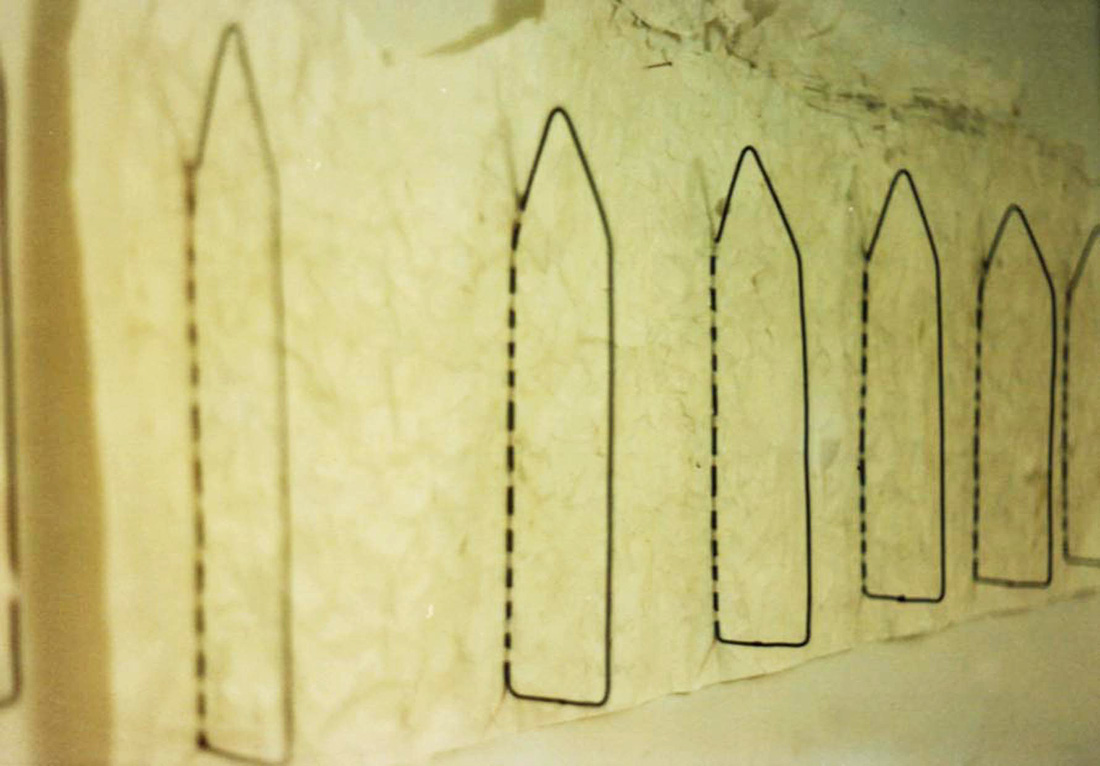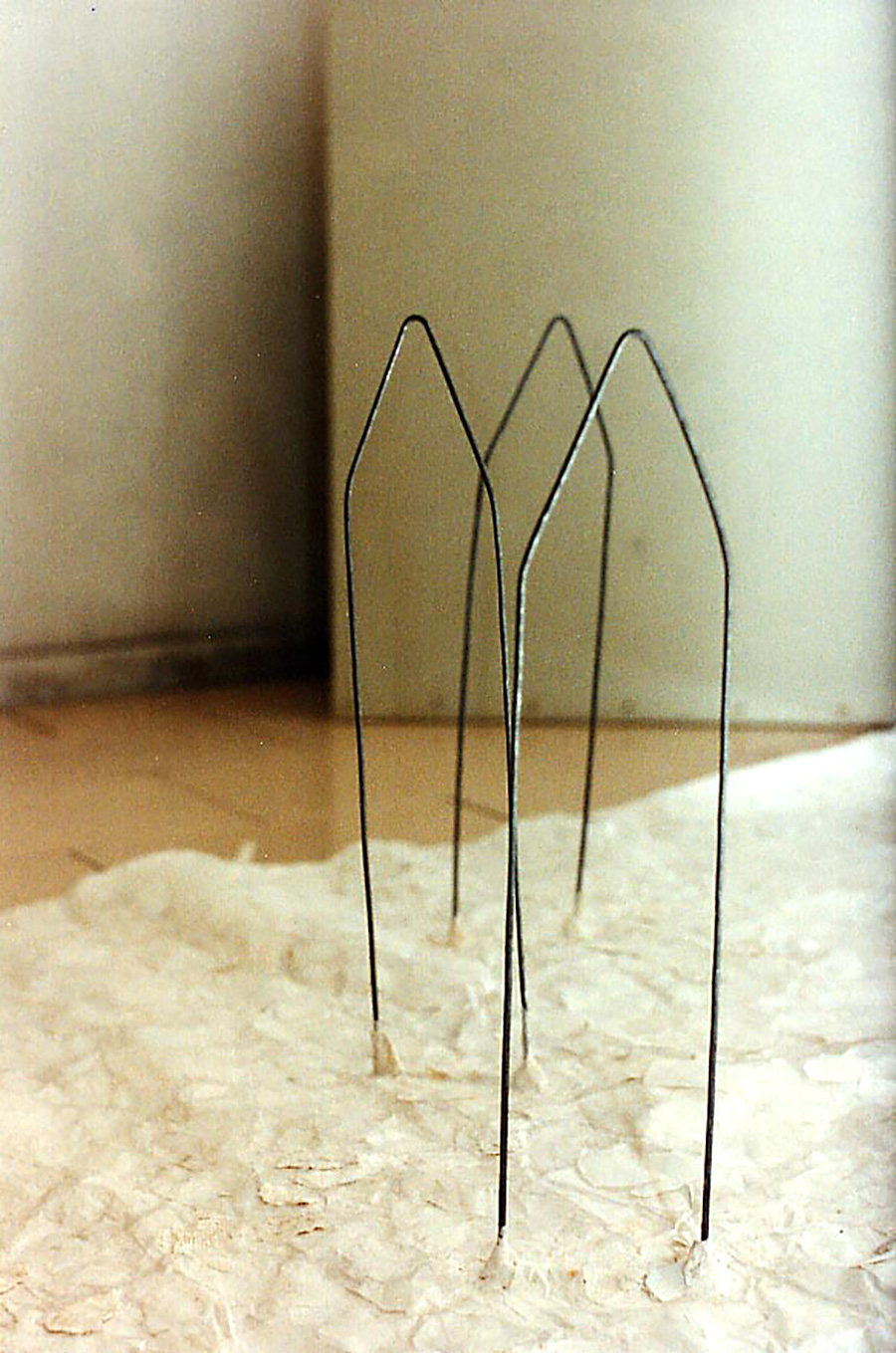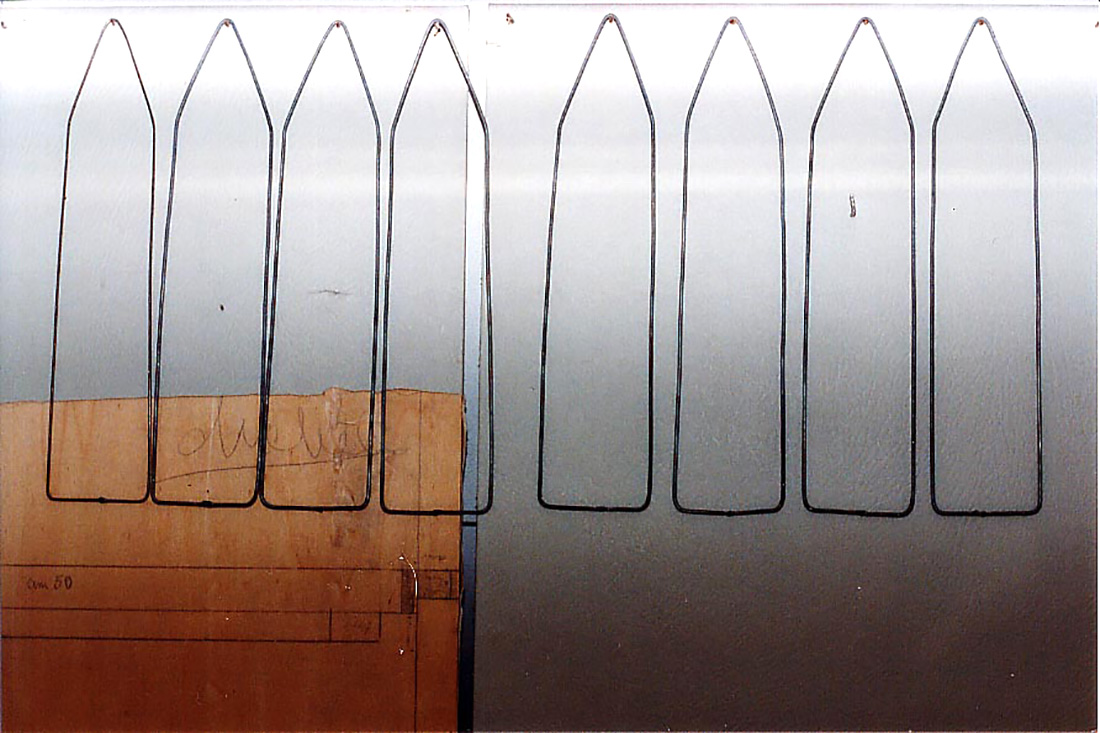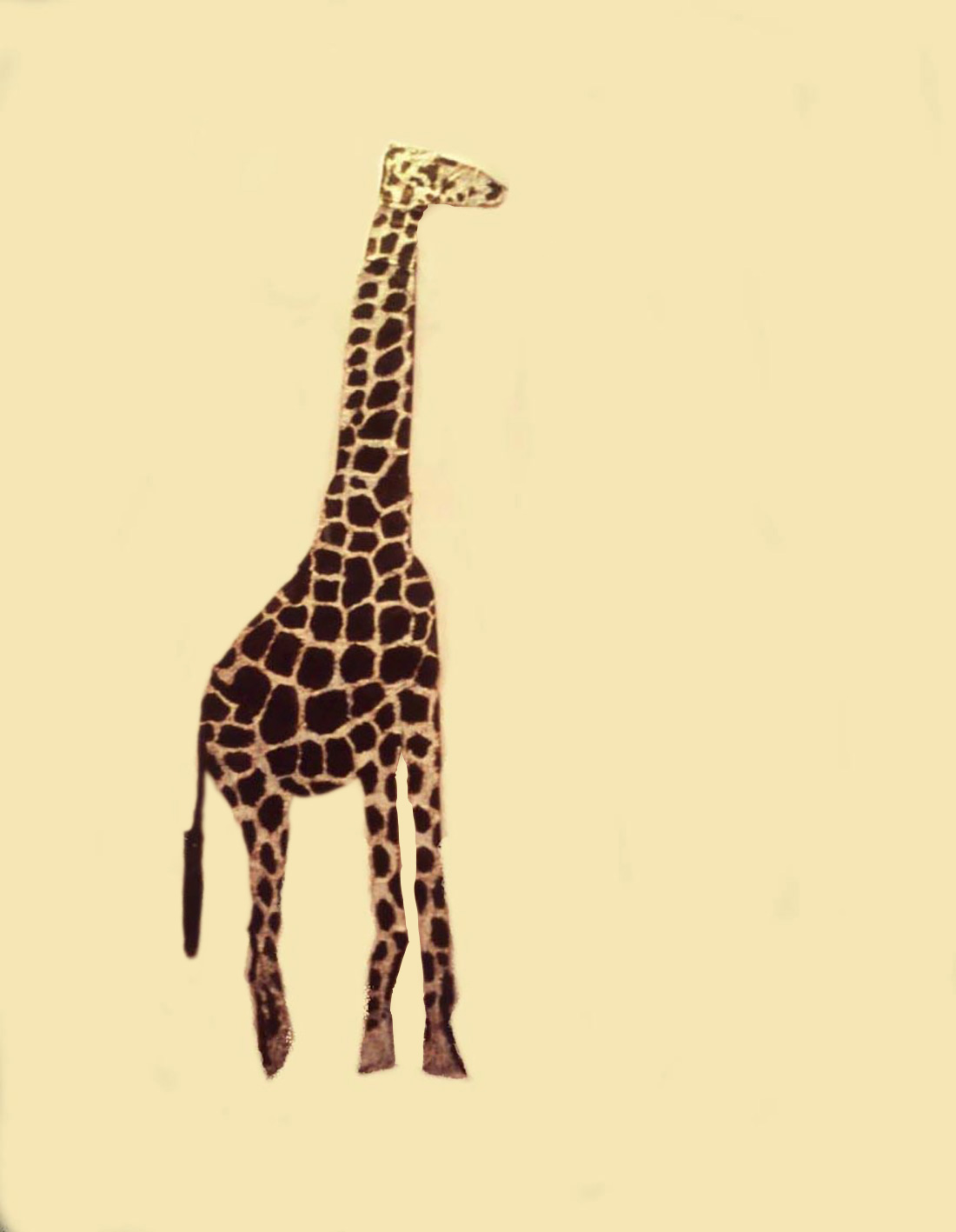Pietro:
We are here in Bari, at the old fishing harbour of the city, with Guillermina De Gennaro.
You were born in Argentina of Italian parents, but you have been living in Apulia since you were seven years old; so we chose this place also because the sea, water, journey, are as important themes in your life as they are in your art. That’s why we have to talk about them together, and I would start from the work you’re going to present in Rotterdam for the Watershed project, which has been set right in the waters of a canal. Would you please talk about it?
Guillermina:
The work I’m going to present in Rotterdam consists of twenty 2 x 3m floating faces, which will be placed on the surface of the water in Rotterdam, near the New York Hotel; the hotel is actually a symbolic, historical place, since it was from this very hotel that ships left for America between the end of the 19th and early 20th centuries, when the huge migrations started. Therefore, it was important to me to start from that historical landmark.
Pietro:
Are the faces paintings or photographs?
Guillermina:
They are both photographs and paintings, since Iactually start from photography and then I process it through digital and traditional painting; for this installation, I created digital prints on panels for technical reasons -so that they could be put on water.
Pietro:
Do these panels wander in the water? Are they fixed? How are they arranged?
Guillermina:
The panels wander on the water; of course, they will be anchored and placed under a pedestrian bridge, so they can be seen from above as well as from the quay of the Wilhelminapier.
Pietro:
Remembering what I have seen on other occasions, those faces that you photograph and paint are usually young and attractive, but I think their eyes are deeply melancholy; sometimes I see a kind of strange resignation, and then, as you said, they’re floating, but it seems they are adrift like castaways, like wrecks. Why this choice?
Guillermina:
It’s true, I chose melancholy, nostalgic, and often beautiful faces, young faces of adolescents and women, since I aimed to emphasize the beauty and courage contained in the act of traveling, of leaving everything to go towards the unknown, actually, towards a better destiny, towards possible destinies. Today, we are surrounded, every day we read tragic newspaper articles about ships and bodies and of people left in the sea, and so I thought of them, but not of the despair of this whole situation, just of the courage and beauty behind all this; that’s why I chose neutral faces.
Pietro:
Yes, of course, I understand. You know, we experienced those stories you’ve mentioned also here in Bari, with the famous arrival of the Albanians aboard the “Vlora” in 1991. It’s been 21 years now. And actually, in the faces you portray I don’t see a collective drama or social renunciation, that’s not your world. What you’re interested in, I suppose, is the personal story conveyed by those faces, a story to tell, that we do not know and will never know. On the other hand, as you say, I have the impression that, although we look at them from above, it seems as if it is they who look at us. I suppose that through them, you really want to tell us something about yourself, don’t you?
Guillermina:
Yes, I do. Indeed, my childhood, my own story resurfaces through those faces. I also experienced a detachment, a definitive detachment from my Argentina, and then I went away with my whole family, luggage, trunks, my siblings, my grandmother, etc. .. We crossed the ocean on a ship and I will never forget my home, which I stared at until it became a tiny white point; my eyes did not want to break away from that point, but in the end I had to, and it disappeared; thus, this memory is still alive inside me and now resurfaces through those faces.
Pietro:
You said they are anonymous faces of unknown people, but sometimes you have happened to usethe faces of famous people.
Guillermina:
It’s true, they are often unknown faces, but once I chose to use Sinéad O’Connor’s face.
Pietro:
Sinéad O’Connor is an important singer.
Guillermina:
Exactly. I chose her, because I was struck by her beauty, so strong, so clean, in contrast with her anger, her angry attitude; I remember that she was very angry with the Pope in the late ‘80s. She expressed such a strong anger also through her beauty, that’s why I once used her face and wrote on her head “Don’t touch my brain”, almost recalling an Italian advertising slogan.
Pietro:
This sentiment of life as nature also implies the dimension of sound; is there anything about it in this dimension of space and time, maybe a personal relationship with music or not?
Guillermina:
Yes, there is. Even the previous installation presented in Brindisi in 2010, where there was a dock in a beautiful castle, the Alfonsino Castle on the sea, consisted of 20 floating giant-size pictures, accompanied by loud melancholy music, sad music, as a tribute to those lives that were lying on water; the sound was by Giovanni Sollima, a composer and a cellist, with whom I collaborated.
Pietro:
Is there any sound in Rotterdam too?
Guillermina:
Yes, there’s sound in Rotterdam. It is by Davide Viterbo
Pietro:
What do you expect, hope or fear, once the adventure with Watershed will be over?
Guillermina:
Lately, I’ve been thinking of earth, of nature, a lot.
Pietro:
Will you go back to earth from water?
Guillermina:
Yes, I will focus on the earth intended as our environment, our home. Recently, I feel very close to the earth and I’m thinking of how fiercely it is attacked by cement; so, now I want to work on this issue.
Pietro:
Many artists today are involved in this adventure; the younger generations are very interested in these issues, as shown by recent international exhibitions such as Documenta Kassel. I hope you can continue on this path linking the Mediterranean to Northern Seas.
Pietro Marino
art critic
